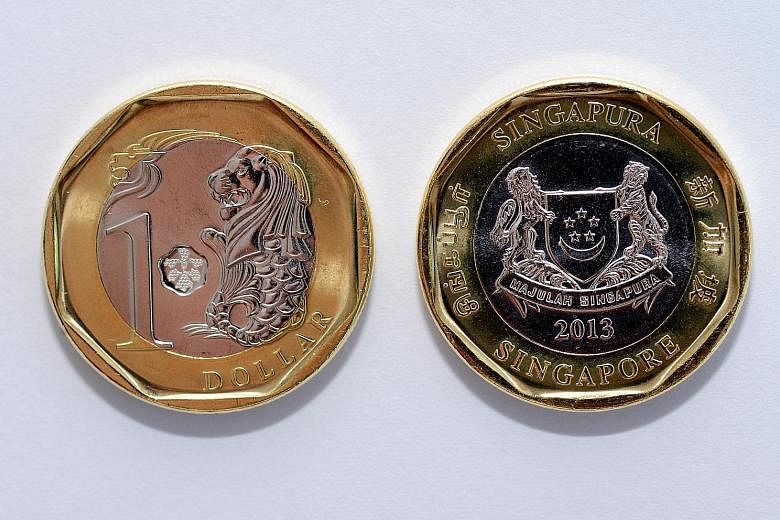Q: The latest series of Singapore coins is magnetic. Why is that so and what other special features are there?
A: The Third Series coins are minted with a steel core electroplated with three layers of metals, according to the Monetary Authority of Singapore. It is this steel core that causes the coins to be attracted to magnets.
Each of the five denominations ($1, 50 cents, 20 cents, 10 cents, five cents) in the latest series has a customised electromagnetic signature, which helps to distinguish it from foreign coins of similar size, shape and weight.
This signature is determined by the coin's material, dimensions, shape and features such as embossing, and is what helps vending machines to differentiate it from counterfeit coins.
To keep counterfeiters at bay, the electromagnetic signatures of the coins are kept within a narrow range. Coin-accepting machine operators are required to calibrate their machines within tight limits, so that counterfeit coins can be easily singled out.
The bimetallic composition of the $1 coin - consisting of an outer brass-plated ring and an inner nickel-plated circle - is more difficult to reconstruct, making it harder to counterfeit.
The laser mark micro-engraving of the intricate image of Vanda Miss Joaquim is also hard to replicate.

